Come summer, Central Oregon is awash in a spectrum of colors from wildflowers. There are so many yellow flowers, looking like daisies and sunflowers, in our forests and sagebrush steppe, though. It can get confusing! Check out our guide to Central Oregon's summer yellow flowers: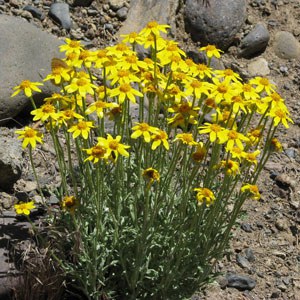
Other common names: Woolly yellow daisy
Oregon Sunshine is a common yellow flower in Central Oregon and throughout the entire state. It is densely covered with woolly hairs (hence the common name woolly yellow daisy). Stems are bare with leaves near the ground, 1/2 - 3 inches long. Single flowers are at the ends of stalks with 8-13 petals. Oregon Sunshine can be found in dry, rocky soil.
Bloom time: All spring and summer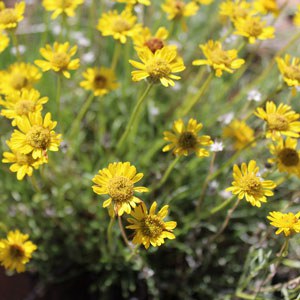
Other common names: Desert yellow fleabane, linear-leaf daisy, desert yellow daisy
Another small, yellow flower that's common in the eastern half of Oregon. Lineleaf fleabane grows in sagebrush, grasslands, and rocky areas. It has very narrow leaves that are 1-4 inches long. They have a few leaves on their stems that are smaller. Stems can be tinted yellow or purple at the bottom. Flowers are approximately 1/3 inch across with 25-45 petals.
Bloom time: All summer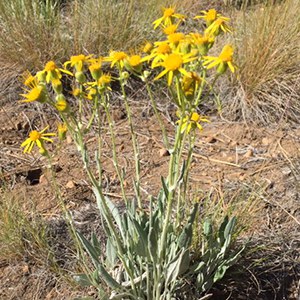
Other common names: None
Woolly groundsel is a flower found in rocky soils throughout eastern Oregon. They grow 6-18 inches tall. Stems are erect with a single or few branched stems. Leaves tend to be at the base of the stem and are covered in woolly hairs. These leaves are 1-2 inches long and oval. There are usually around 6-12 flowers on each stalk, with 8-13 petals on each flower.
Bloom time: All summer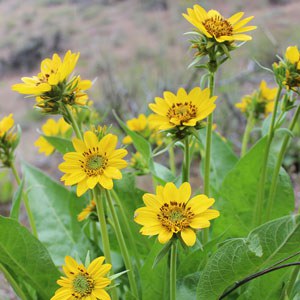
Other common names: None
One of our showiest wildflowers, Arrowleaf balsamroot lights up hillsides with its sunny, disk-like faces. It is found in ponderosa pine forests and sagebrush. They tend to grow in large clumps. Arrowleaf balsamroot has large, widely triangular leaves that have heart-shaped bases. These triangular leaves make it distinguishable from other yellow flowers. Each stem is topped by one flower, 2 1/2 - 4 inch wide.
Bloom time: All summer
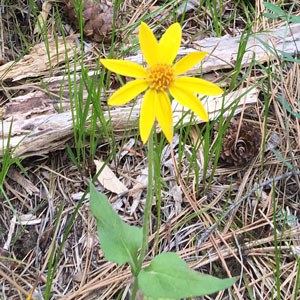
Other common names: None
Heartleaf arnica can be found throughout most of Oregon. It is distinct with it's very erect stem with a single yellow flower on top. The flower has 10-15 petals with pointed tips. Stems are usually unbranched. Leaves are heart-shaped and can be shallowly toothed. You can find heartleaf arnica in forests or slightly open meadows in the mountains, as long as there's some light shade.
Bloom time: All summer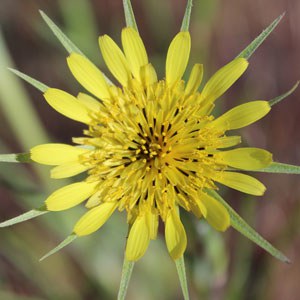
Other common names: Goat's beard
You've probably seen this flower around town, along roadsides, in dirt patches--pretty much everywhere! Yellow salsify is actually an invasive weed, hence it's ability to grow in many environments. It grows 12-30 inches tall. Leaves are grass-like and 5-6 inches long. Flower has yellow petals with narrow, long bracts behind the petals. Yellow salsify flowers close in cloudy weather, as well as at night.
Bloom time: All summer
Learn more:
- Central Oregon Wildflowers
- Cool Words for Hot Times: Indicator Species (and how this relates to flower bloom times)


